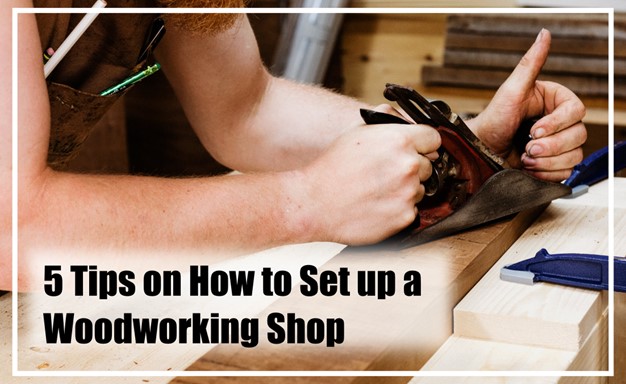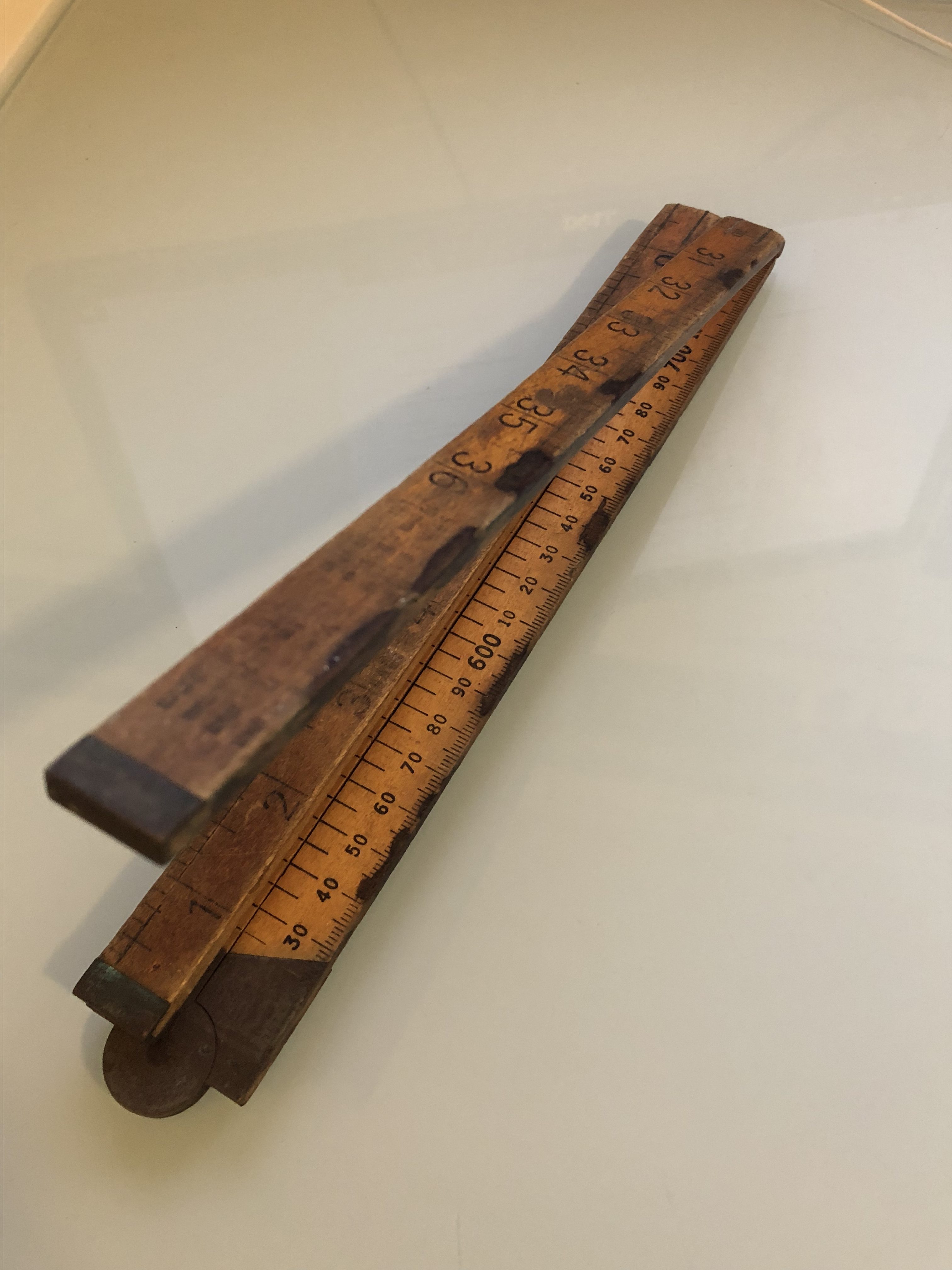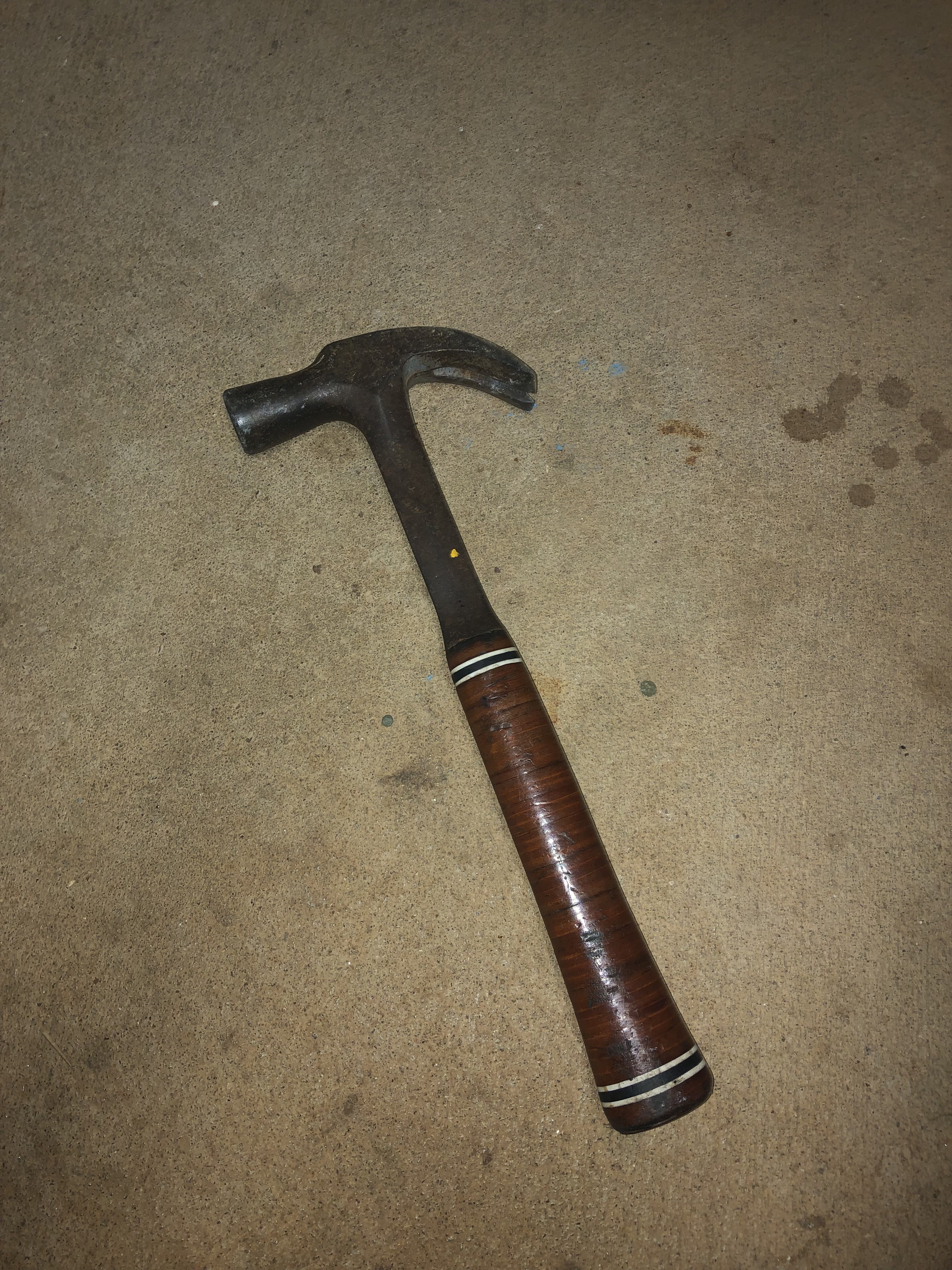
How to set up a Woodworking Shop
So, you have decided to do woodworking.
Whether you do this for a hobby or business, you need a woodworking shop—a place where you do your work and where you store all your tools.
But how to set up a Woodworking Shop, how do you get started, and what things do you need to know about your woodworking shop layout?
Today, I will provide you with some tips on how to get started. It will give readers a basic introduction to setting up a woodworking shop at home, whether or not your shop is for business.
The things you will learn are:
1. Why you need a woodworking shop at home
2. Choosing a woodworking shop location at home
3. How to use your woodworking shop efficiently
4. How to choose the right size for your woodworking shop
5. Choosing tools for the workshop
Why you need a woodworking shop at home
There are many reasons why you should start your woodworking shop.
The first is the joy of creating something from raw materials to your specifications. You will have a tangible creation that has been created with your own hands.
The second reason is the satisfaction of being able to make something for yourself that no one else can do. It is satisfying to be able to create something from scratch and be proud of it.
The third reason is the money saved by doing a project yourself. You will not only save the cost of materials, but you will also save time. You will spend less on your project than you would if you had hired someone else to do it.
The fourth reason is the skill and experience that you will gain by doing a project yourself.
The fifth reason is that woodworking can be good for your health. When you are woodworking and when you have created something that you have made yourself, it is a great feeling. It gives us a sense of self-worth and self-confidence.
“This is why Woodworking is good for you” talks about 10 reasons Woodworking is good for your health.
Choosing an at home woodworking shop location
Choosing a woodworking shop location is an important decision. Choosing the right location for your workshop is as important as choosing a good workbench.
If you’re a beginner, it’s probably not the best idea to start out by building a full-fledged woodworking shop.
You may be better off starting out with a small bench that you can build into a nice workbench when you have the skills and experience to do so.
One of the reasons why I recommend starting out with a smaller bench is because it’s easier to find space for it in your house. This is especially true if you live in an apartment, or if you’re in an area where space is at a premium.
In these cases, you’ll want to make sure that you have the space to build a proper workbench.
Another reason why I recommend starting out with a smaller bench is that it will save you money.
It will also save you time.
Here are some tips to consider:
Noise – you will need to be mindful of your neighbours and the noise that will be created while doing your work
Workflow – as a woodworker, the way your shop is set up has something to do with the types of projects you do. You certainly want to line up some things together, such as your mitre saw and your drill press machine.
Material placement – you should have an area where you store your unused materials. Your working area should only have wood that you need, as it makes your shop tidy and organized.
This is also a great place to keep all the tools and equipment you use when working with wood.
Window area – this is the area where you should do your finishes. It provides ventilation, and this makes it easier for you to breathe.
There must also be another window where you can put your workbench—you need fresh air while you work, especially so if what you are working on does not require a mask.
If you don’t have windows then you will need to consider mechanical ventilation through ducting and fans.
Good ventilation is a must-have.
How to use your Woodworking Shop efficiently
Every woodworker knows that the workshop is a place where we spend a lot of time. That’s why it’s important to make the most of your time there and find a way to use your tools as efficiently as possible. Here are a few things you can do to optimize your work and save time and energy:
1. Choose the right tool for the job – A good woodworker doesn’t have a lot of tools lying around in their workshop, as they always know exactly what they need to work on at any given moment. The same goes for those who have a home workshop. You should only have to use the tools that are needed at any given moment, and not carry around an excessive amount of them.
2. Always clean your work surface before you start. You can save time and effort if you clean it off when you are done. Keeping the area clean and the workshop organised, will save time when looking for materials and tools.
3. Use power tools – Power tools offer a lot of advantages. They save you time, they make your job easier, and if you know how to use them properly, they can help you work faster and more efficiently.
4. Multi-use benches and storage areas – Having items that can be used for more than one task. E.g – having a multi-purpose saw table that can also be used as a work surface or a router table.
How to choose the right size for your Woodworking Shop
Choosing the right size for your woodworking shop is a difficult task since you want to get as much space and comfort as possible in your workspace while still leaving enough room to move around. As you can imagine, this means that you have to find out what the best size is for your needs. So how do you know what size you need?
Some people may not have the luxury of being able to choose a size based on their needs and just have to make do with part of their garage, a spare room, a basement or a garden shed. Making the most out of these small areas will be a challenge.
But for those of you who have a larger area, or your building a workshop area from scratch, then we’ve created this list of tips to help you determine the perfect size for your new woodworking shop.
What is the purpose of your woodworking shop? The first thing to consider when choosing the right size for your woodworking shop is to ask yourself what the purpose of your shop is. Is it a hobby project? Do you intend to sell your work? Is it more likely that you will be doing woodworking in your spare time? Or maybe you want to set up a full-time business.
Whatever your goal is, there are certain things you should take into account when choosing the size of your woodworking shop.
For example, if you’re planning to start a woodworking business, then you’ll need to have enough space for the storage of materials and tools. This can be anywhere from a few boxes to a whole room. But then you also need to have enough space for your workshop area, which will include your workshop table and any equipment you’ll be using.
If you plan on making a hobby project with some friends or family, then you may not need much space.
To calculate the area needed, you need to take into account the following factors: Materials and tools – The more tools and materials you have, the more space you’ll need.
Choosing tools for the Woodworking shop
Depending on where you are along your woodworking journey, you will want to either start acquiring some tools or add to your tools for your workshop.
So let’s look at some general categories of tools.
Power tools and hand tools. Power Tools: Power tools are basically large machines that use electricity to cut, sand, or drill. They can be extremely useful for woodworking projects.
Hand Tools: Hand tools are the small tools that you use in your woodworking shop. These are the tools that you would use regularly.
When selecting what tools you will need, you will want to consider what projects you plan to take one, and how much do you want to or are willing to spend.
I have a post on 17 Woodworking Tools for Beginners that will give you an idea of what tools you will need to consider when starting out.
Final Thought
The final tip we’d like to share with you is about making sure that you leave room for expansion. It’s important to know that your woodworking shop will probably need to grow over time as you learn new things, add to your inventory, and expand your skills. This means that you need to have some sort of room for growth.
So if you’re buying a house, you should make sure there’s enough space for a workshop area. If you’re building your own workshop area from scratch, then it will be important to plan ahead for future expansion.
You should also consider how the size of your area will impact the design and layout of the room. This way, you can take into account everything from how big the room is to what sort of furniture you would like to have.
If you’re building a workshop from scratch, then I’d recommend you start with a plan. This will help you visualize what you need and give you some ideas as to what type of shape your workshop should take.
And if you’re having trouble visualizing what your workshop space should look like, then you can always use some simple SketchUp or a pen and paper to get a rough idea of how you want it to look.
So there you go, the next time you need to choose the perfect size for your woodworking shop, you now know that you’ve got some tools (excuse the pun) at your disposal that can help you on how to set up a woodworking shop.
See you in the next article.
Happy Woodworking
Ben @ Been A Tree Wood


